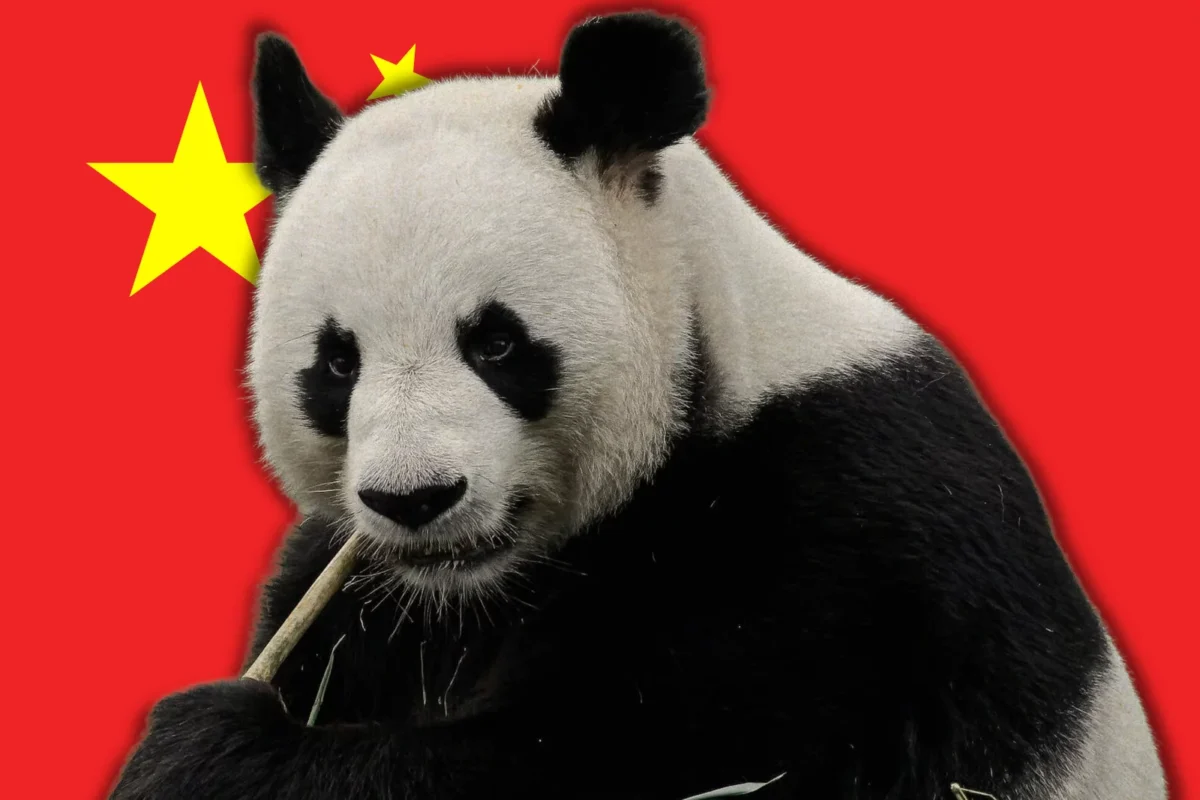Table of Contents
Historical Origins of Panda Diplomacy
Pandas, indigenous to China, have long served as emblems of friendship and goodwill, leading to the term “panda diplomacy” for China’s practice of gifting these animals to other nations. This tradition originated with the establishment of the People’s Republic of China in 1949. A notable early example took place in 1957 when China gifted a panda named Ping Ping to the Soviet Union to honor the 40th anniversary of the October Revolution. This gesture was among the initial steps in China’s strategy to use pandas as diplomatic tools, symbolizing goodwill and strengthening ties with other nations.
Evolution of Panda Diplomacy
Panda diplomacy took on a new dimension in 1972 when China gifted two pandas, Ling Ling and Hsing Hsing, to the United States following President Richard Nixon’s historic visit to Beijing. This event symbolized the normalization of China-U.S. relations and was a milestone in China’s foreign policy. Since then, pandas have been sent to various countries, including Japan, France, Britain, and Spain, acting as goodwill ambassadors and strengthening diplomatic ties.
Modern Policy and Economic Links
In 1984, China shifted its strategy from gifting pandas to loaning them, primarily due to their dwindling numbers. Pandas are now typically loaned in pairs to foreign zoos for periods of up to ten years, with annual fees reaching up to $1 million. Despite the high costs, these pandas attract significant visitor numbers and generate considerable revenue for hosting zoos.
An Oxford University study in 2013 highlighted that China’s panda leases often coincide with significant trade deals. For instance, the timing of panda agreements with Canada, France, and Australia matched with uranium contracts and other economic pacts. Similar patterns were observed in panda agreements with countries like Singapore, Malaysia, and Thailand, aligning with the signing of free-trade agreements.
Symbolism and Political Signals
Pandas have also served as a means for China to express its political views. In 2010, China withdrew two pandas from the U.S. after President Barack Obama planned a meeting with the Dalai Lama, an event that China disapproved of. Similarly, the recent return of Ya Ya, a panda that had been on loan to the U.S. for 20 years, occurred against the backdrop of tense bilateral relations and worries about her well-being.
In November 2023, during a meeting with U.S. President Joe Biden, Chinese President Xi Jinping hinted at the possibility of sending more pandas to the U.S., indicating a willingness to improve diplomatic ties. This move came after the departure of three other pandas from the U.S., leaving only four on American soil.
Conservation and Current Status
China’s efforts in panda conservation have yielded significant results. The population of giant pandas in the wild has increased from around 1,100 in the 1980s to 1,900 in 2023. Consequently, their status has improved from endangered to vulnerable, thanks to rigorous conservation programs and breeding efforts.
Panda diplomacy remains a unique and effective tool in China’s soft power strategy, leveraging the universal appeal of these gentle giants to foster international goodwill and strengthen bilateral relations. By using pandas as symbols of friendship and cooperation, China continues to navigate the complexities of global diplomacy with a soft, yet impactful touch.
In conclusion, Panda Diplomacy has proven to be a uniquely effective tool for China in fostering international relations and projecting a soft power image globally. By gifting pandas to other nations, China has not only cultivated goodwill and strengthened bilateral ties but also promoted conservation efforts for these beloved animals. As China continues to navigate its role on the world stage, Panda Diplomacy remains a symbol of diplomacy through cultural exchange and environmental stewardship, leaving a lasting impression on both diplomacy and conservation efforts worldwide.



